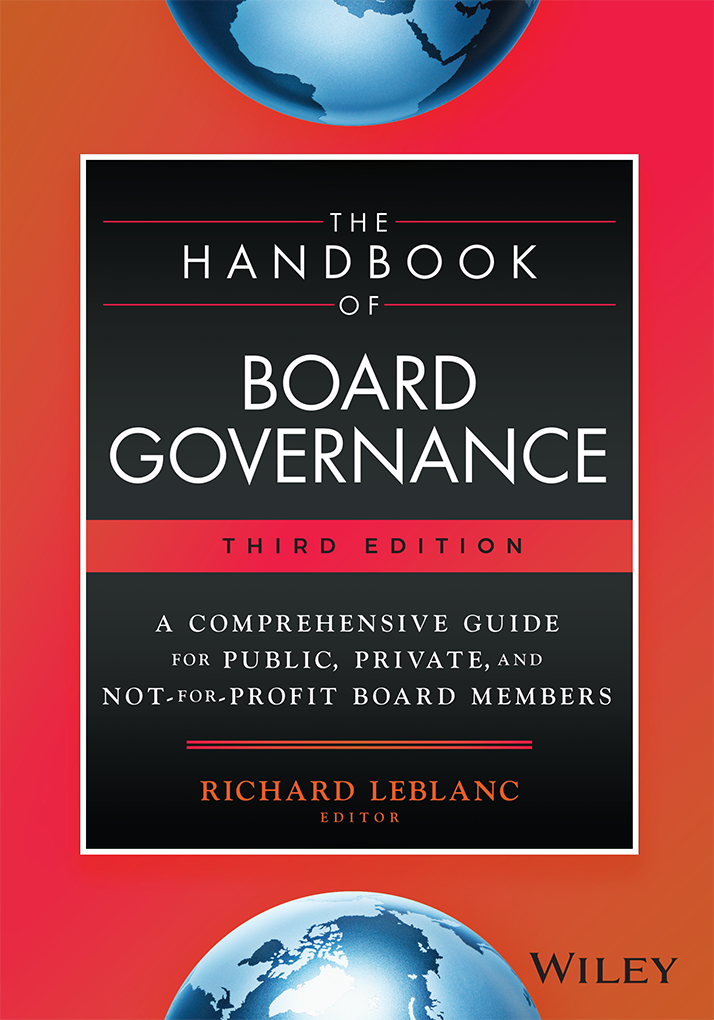CNN’s Piers Morgan, Masters winner, Bubba Watson, Donald Trump and National Association of Corporate Directors’ (NACD) CEO, Ken Daly, all weighed in this week on Augusta National Golf Club’s policy of excluding women members. See, if you are interested, the list of Augusta’s all-male membership roster, curated by USA TODAY, here.
Ken Daly, in an NACD webinar on ethics and capitalism, called Augusta’s policy of excluding women “DS,” which, he said, stands for “damn silly, in 2012, when women comprise 51% of the population.” Augusta’s policy was a trending issue in social media, including LinkedIn and the twitterverse, with governance leaders Sandra Rupp, Jayne Juvan, Frank Feather and Ray Williams weighing in. Even a petition has started to admit IBM’s first female CEO, Virginia Rometty, who watched on the sidelines with a pink jacket instead of a member’s green one. IBM is a major Masters sponsor and Augusta “has a history of inviting the company’s top executive to join its club.”
Why is the exclusion of women members by a private golf club a corporate governance issue?
It is an issue because all over the world now, in dozens of countries, there is a movement to the diversification of corporate boards and senior management teams in order to make better decisions. Director and executive recruitment and networking is done on golf courses. Excluding women has business consequences for them. This is also about corporate leadership and values of IBM and Augusta National.
Private clubs or associations are not islands. They pay taxes, often enjoying nonprofit tax advantages on behalf of taxpayers, and have corporate sponsors, advertisers, governing bodies (such as the PGA), customers, suppliers and local communities. Still, less than 1% of America’s golf clubs exclude women. This is a signaling issue in that it is okay to discriminate. By extension, stakeholders interacting with clubs that discriminate endorse and enable the practice.
This is also a membership issue for clubs themselves. I was asked by a new female board member last month to lunch to advise her on bringing governance reforms to a very prestigious club. As I sat in the dining room, it was almost empty. I remarked that female, minority and younger members were the future of the club, given changing demographics. And the club needed to “get real” about diversity, as well as its governance, and have transparent, inclusive policies. There is little if any substantive disclosure of how Augusta is governed on its website and how decisions are made. This is always a red flag for me and tells me an organization may not be person-proofed or have up-to-date policies.
Just in the last month, Julie Dickson, head of the Office of Superintendent of Financial Institutions (OSFI), the Canadian regulator for financial institutions, addressed in a speech the importance of boardroom diversity to avoid groupthink. (OSFI’s 2003 guidelines are expected to be updated by the summer.) The Conservative government announced in its budget an advisory council to promote women on boards, under the leadership of Minister Rona Ambrose. EU Justice Minister, Vivian Reding, also a woman, has indicated that she is prepared to use quotas if companies do not raise the number of women in senior management and on boards.
Golf is part of business. As Melisa Denis, Women’s Advisory Board member at KPMG, stated in the LinkedIn Group, Boards and Advisors, “I just came back from Augusta this weekend. If anyone doesn’t think this is business they are naïve. Business is done on the golf course – whether you are playing or not. To deny membership because the CEO is a female puts this country back 20 years (at least).”
Augusta National needs to “get real” about women members. Interestingly, the NACD is also offering events to discuss how corporate boards can “get real” about diversity too. Well done, NACD.












